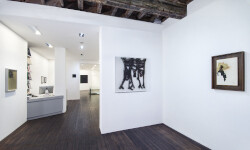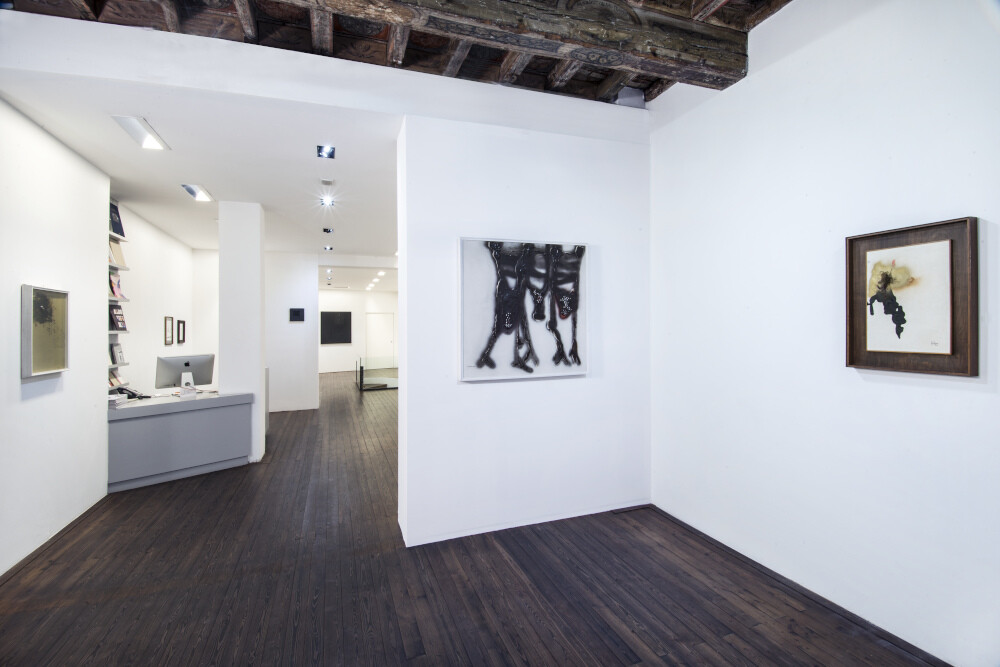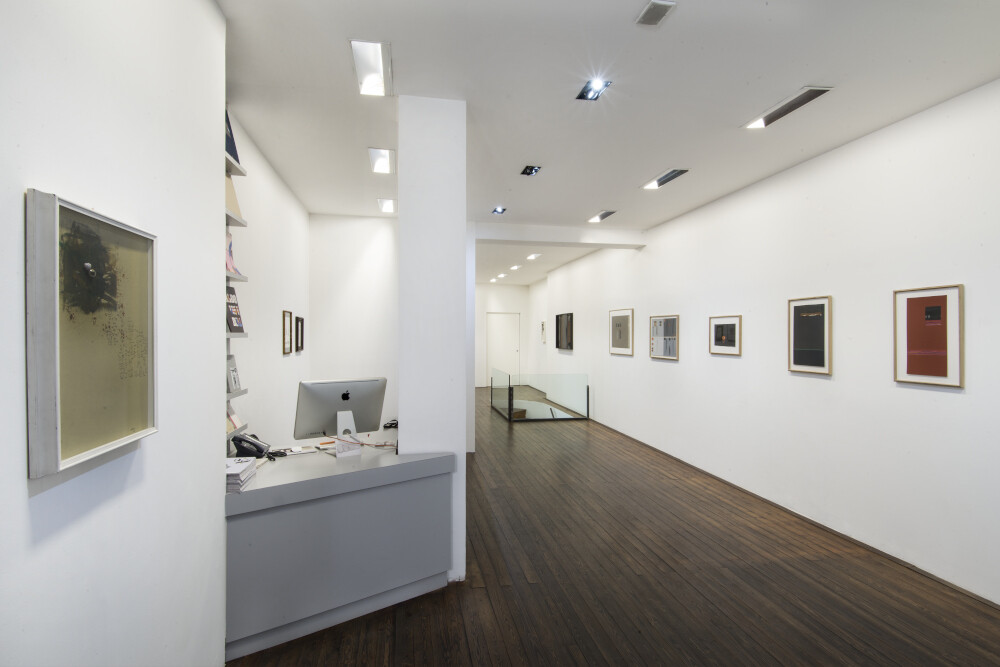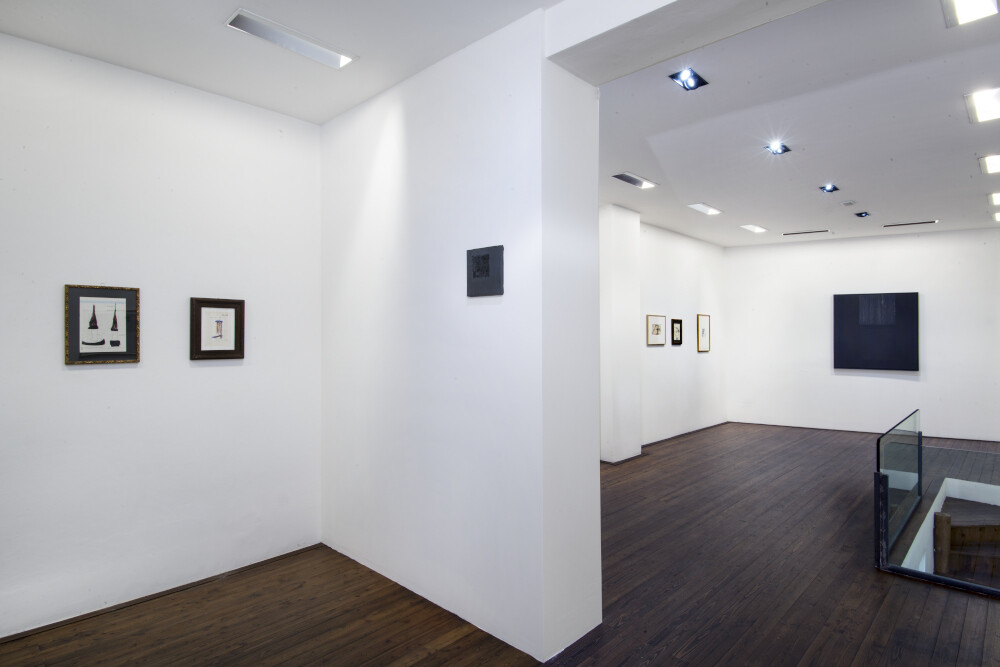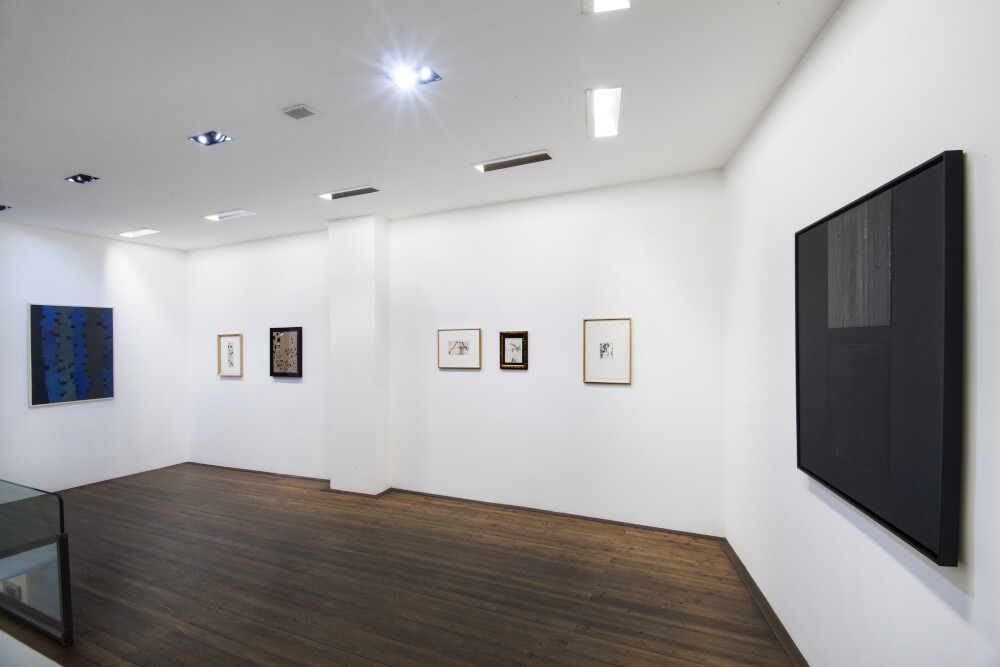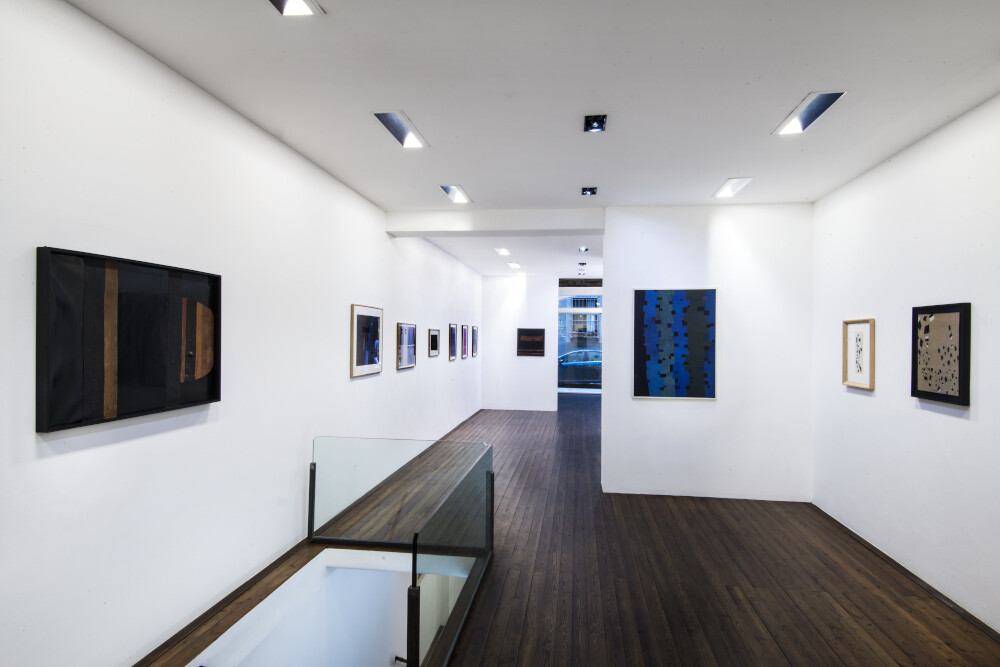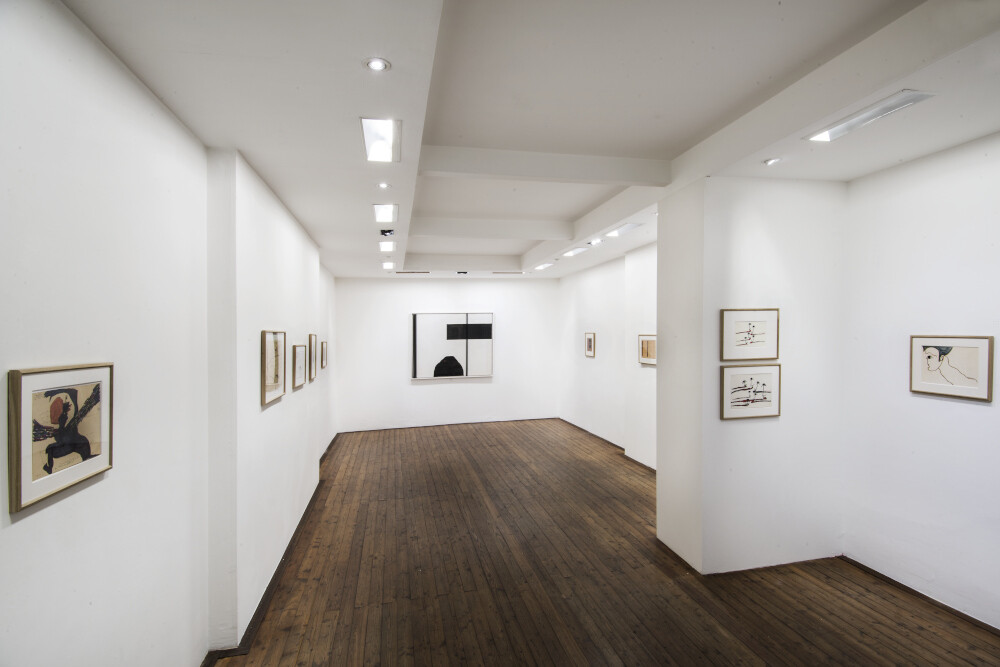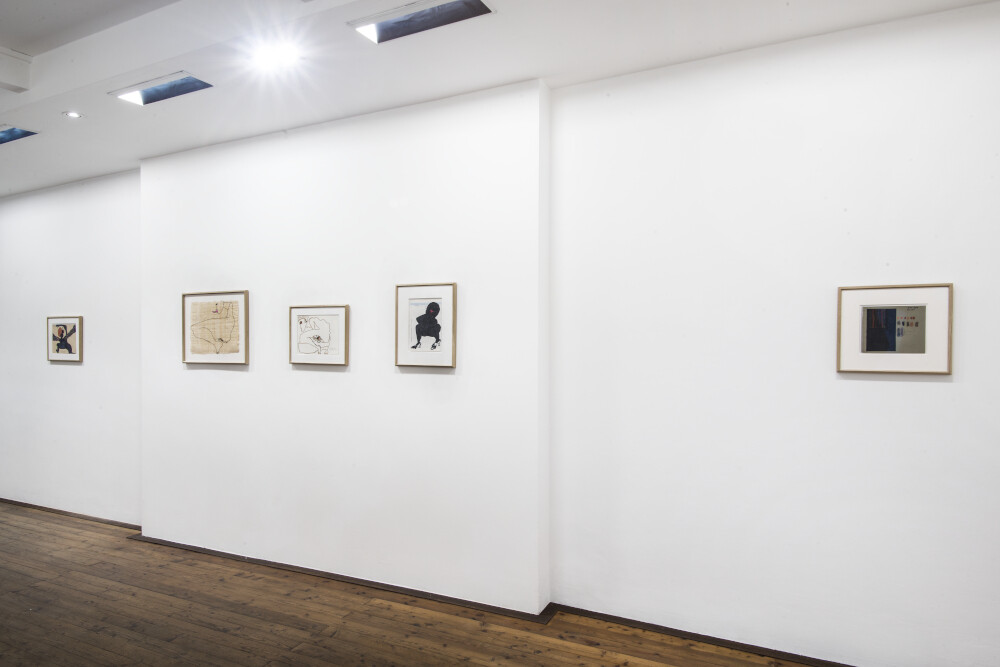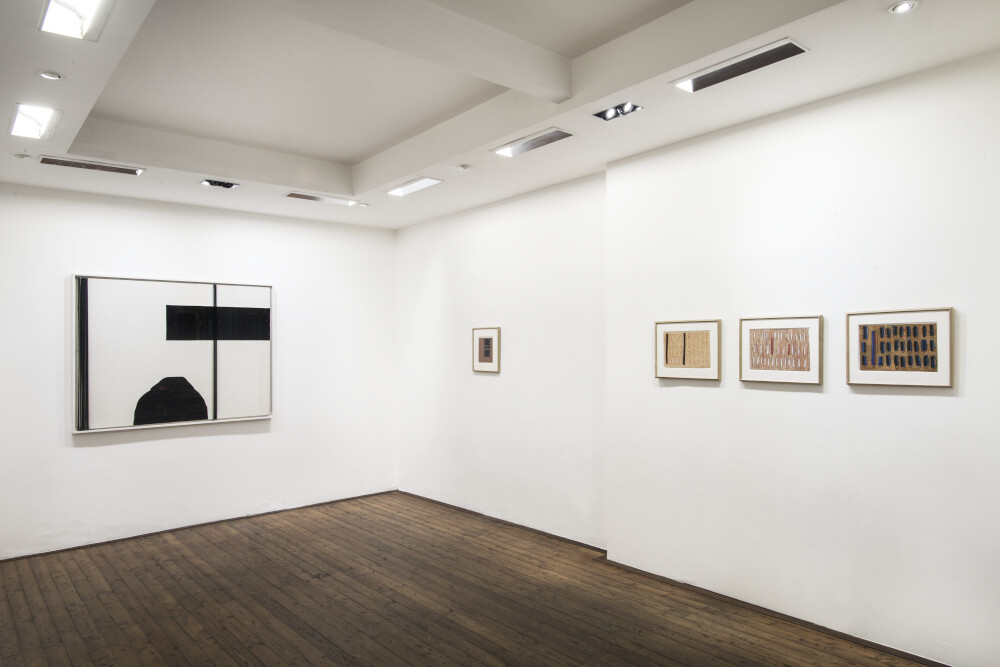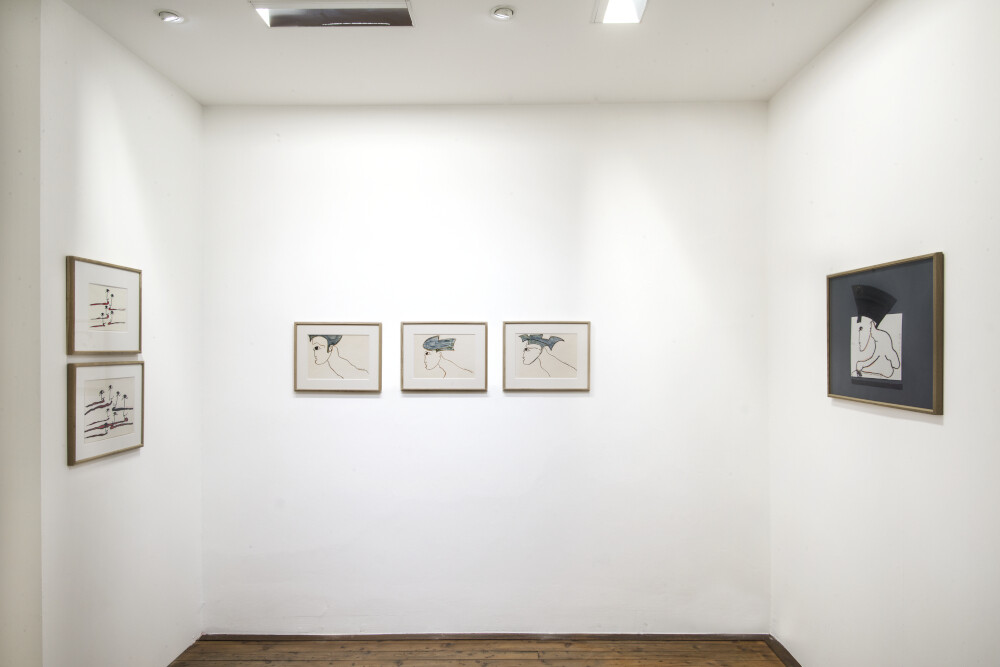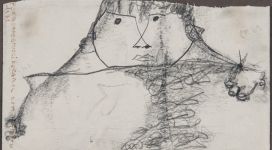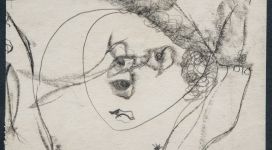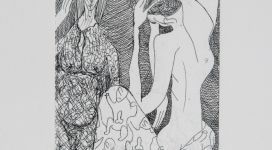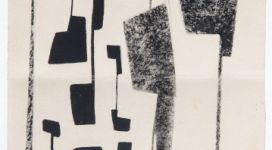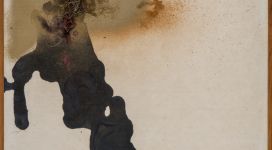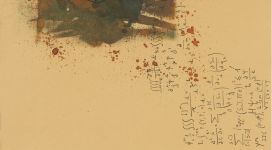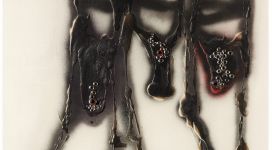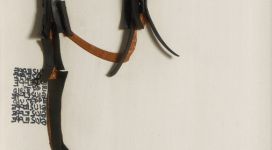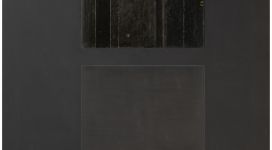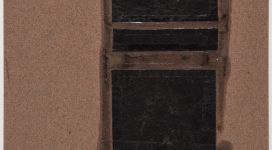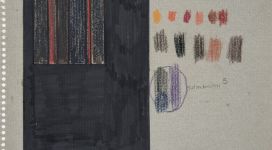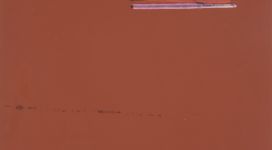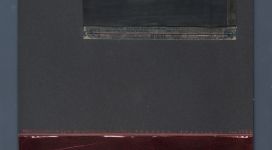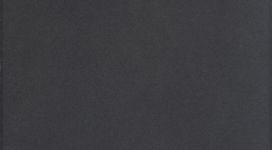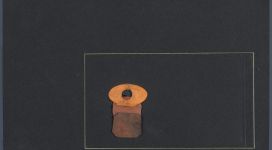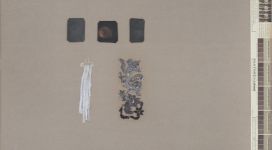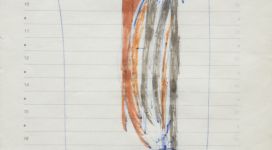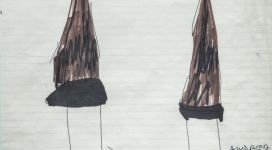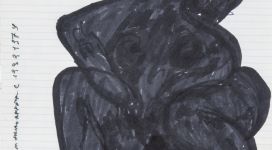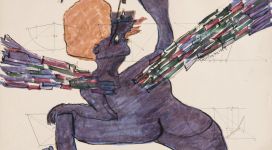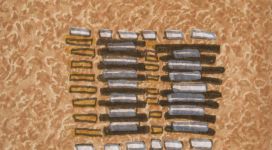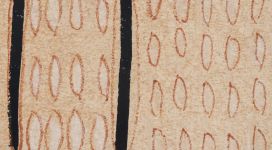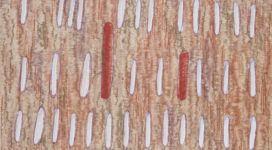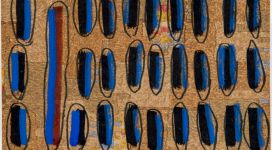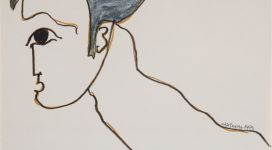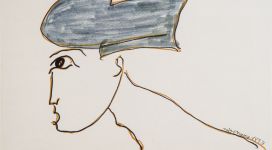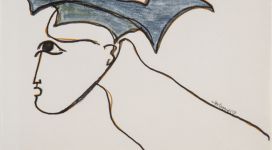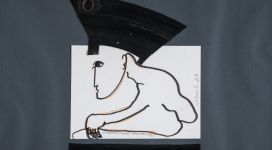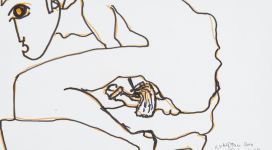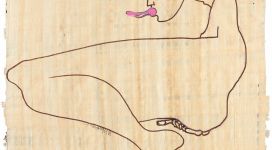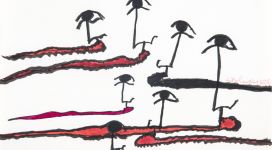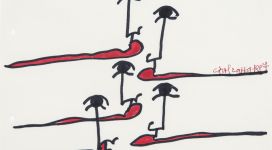| CAROL RAMA | in folio | |
| 1942-1997 thirty-five works by Carol Rama | ||
| curated by BRUNO CORÀ and ILARIA BERNARDI | ||
| 23 november 2018 – 9 february 2019 |
Galleria Il Ponte is presenting a wide-ranging exhibition dedicated to the artist Carol Rama (1918-2015) whose non-conformist, totally self-taught work emerged in the artistic and cultural context of 1930s and 40s Turin. Her art went on to span the whole century, until the early years of the new millennium, with the same passion and vitality as the start.
With a selection of around 38 works made from 1942 to 1997, the exhibition traces Carol Rama’s endless experimentation of techniques, materials and iconographic subjects from the key moments in her life and artistic career.
Starting with early drawings and etchings on paper of the 1940s linked to Surrealism, Dubuffet and Art Brut, which already show great maturity of technique and ideas, the show goes on to include some rare works from the 1950s that bear witness to Carol Rama’s abstract experience within the Turinese group MAC (Movimento d’Arte Concreta).
The works from the 1960s instead document a decisive switch in her modus operandi: everyday objects such as medical instruments, metal shavings, dolls’ eyes that themselves become form and colour are applied to stains of colour of Informel inspiration.
A large group of works on display dates from the 1970s when her compositions started to include the two non-pictorial materials which Carol Rama is best known for: inner tubes and rubber tyres, used instead of colour and applied to the canvas or hung on it with a metal hook.
The exhibition is rounded off by important pieces made during the 1980s and 90s emblematic of her deliberate and wholehearted return to figuration. Bodies, false teeth, tongues, genital organs, shoes inhabited by phalluses, fantastic figures and animals, drawn on printed paper – often using technical drawings by architects and engineers as the background – express Carol Rama’s perennial desire to blend art, life and imagination, confirming what she revealed to Lea Vergine in 1985: “I’ve always loved objects and situations that were thrown away and rejected”, indeed “back then, it was almost compulsory to create a scandal around me”.
The exhibition is accompanied by a portfolio with texts and images, with a critical essay by Bruno Corà and further information on the works on display by Ilaria Bernardi.
